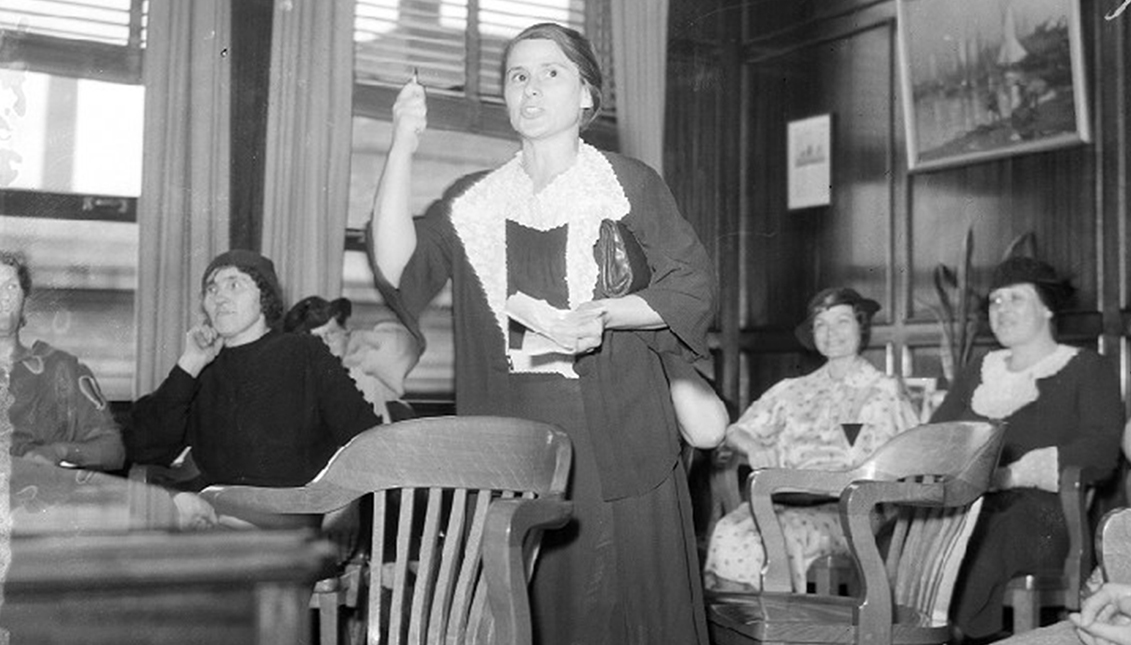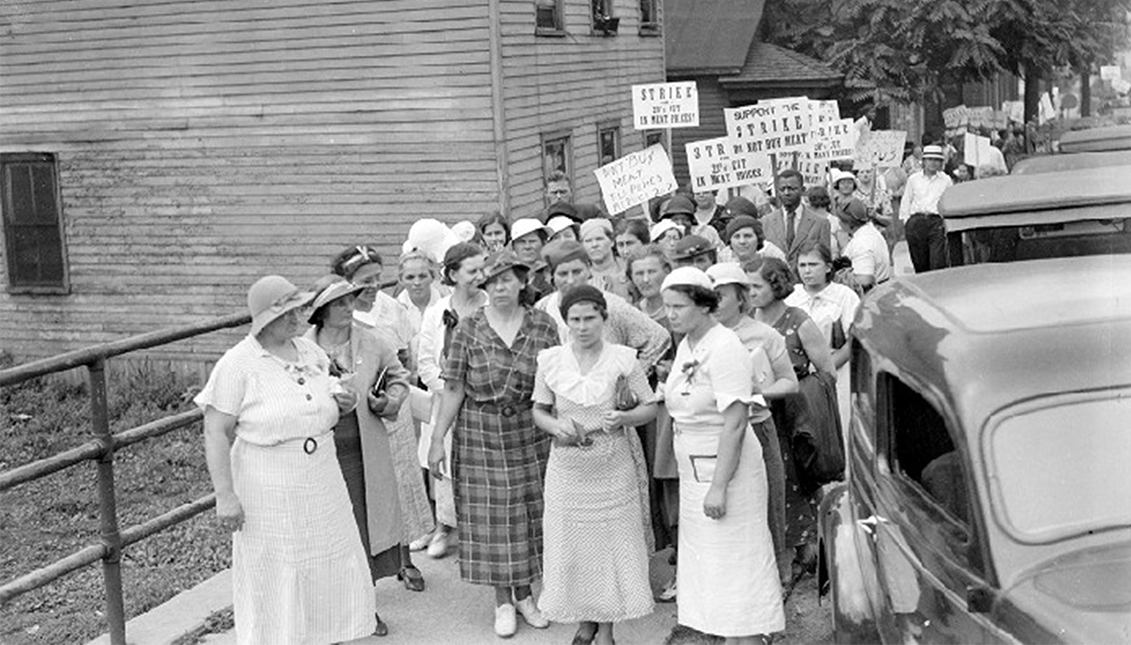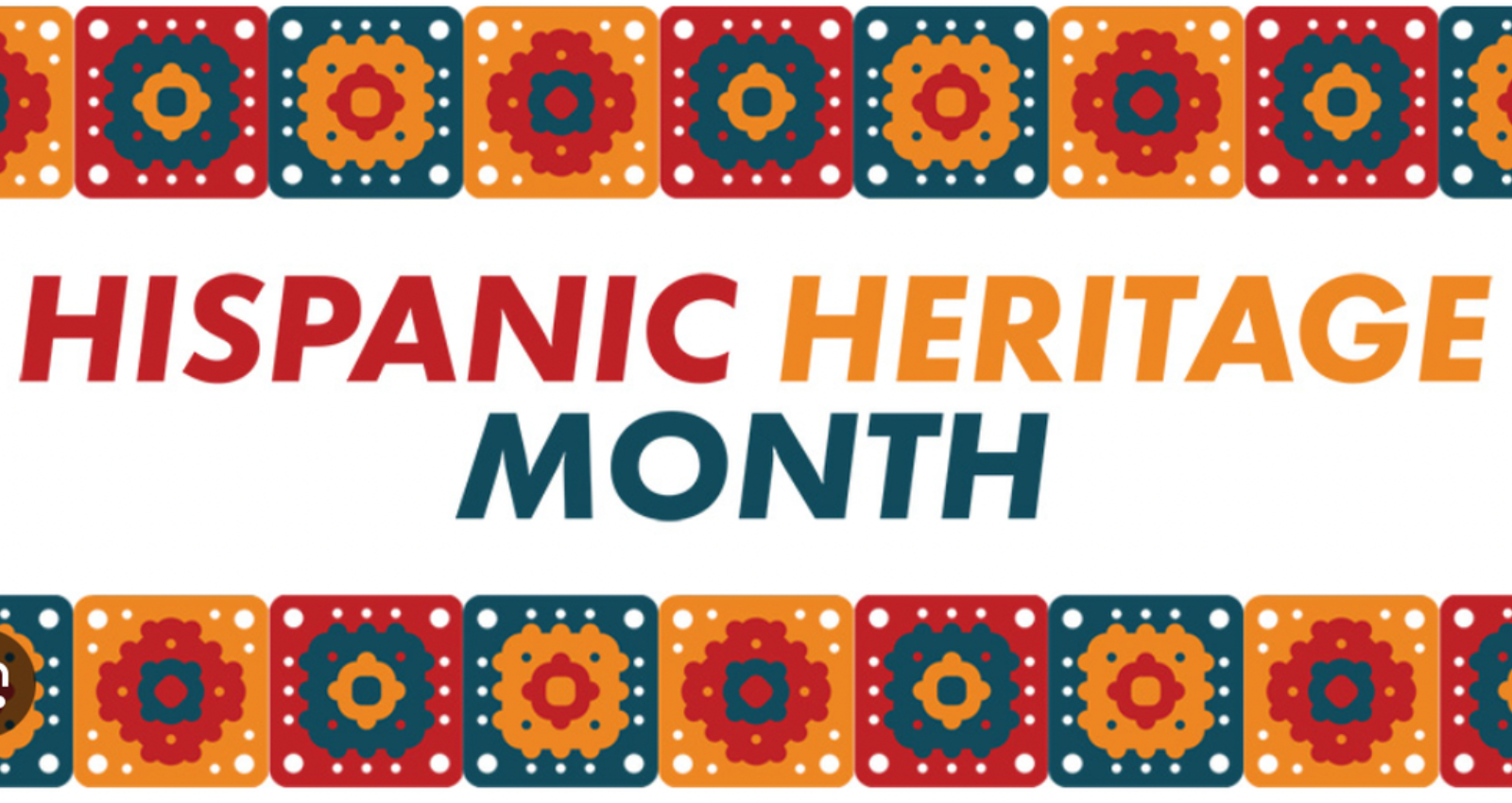
"Don't buy meat!": The historic housewives' revolt over the price of food
Platoons of women who were upset by the skyrocketing prices during the Great Depression took to the streets and became anti-consumer activists.
They were fed up and went out on the street to prove it. In 1929, the stock markets had collapsed and dragged the entire economic fabric of the country and the entire world into catastrophe. A long period of recession and hardship began what was known as the Great Depression. Each day it was more expensive and more difficult to live with, due to the increase in prices and especially in food. And the most disturbing thing was that, as the years went by, the situation did not improve substantially. Until one day the least likely thing happened.
On July 27, 1935, a parade of 500 women descended the crowded Joseph Campau Avenue in Hamtramck, Michigan, with placards in their hands. The women demanded a 20% reduction in the price of meat and encouraged the public to stop buying. The shopkeepers lost about $65,000 that day. It was the first in a series of riots and picket lines that quickly spread through the Detroit area during the summer.
In Michigan, the unemployment rate had shot up to an explosive 25%, while the price of meat had risen by over 60%. The crisis had hit working households that depended on the automobile sector particularly hard. In the end, in the city of Chicago alone, squads of black and Jewish housewives managed to close down four thousand butcher shops in protest against abusive prices. Some men tried to access the stores through impenetrable blockades because their wives laughed at the men who were afraid.
It was a time when the roles were very clear: women had to bring the food to the home (even if there was no money for it), while firm initiatives and the duty of force were expected from men.
But this time they lost: the men who broke up the protest were severely beaten and insulted. Their packages of meat ended up on the ground to be trampled on. The rage of the mutineers was unrestrained. The butchers accused the outraged women of being communists.

The revolt was led by a woman of Polish origin, Mary Zuk, who began to stand out in the protests because of her strong determination and courage. Zuk had been born in Ohio 32 years earlier, in 1914, and declared to the press that she would not retreat an inch until she had defeated the entire political class. In Hamtramck, the epicenter of the revolt, Mary Zuk was elected spokesperson for the self-proclaimed Action Committee Against the High Cost of Living.
A generation of courageous women rode the fat in several U.S. cities. As history shows, they are often the ones who showed the way. Also in St. Petersburg in 1917, it was the women who were missing their soldier husbands who started the most important revolt of all times. And, like the housewives who took to the streets in America twenty years later, they were not communists either.
They were just angry self-organized independent women. And that's why they were so feared.











LEAVE A COMMENT:
Join the discussion! Leave a comment.